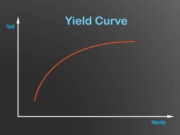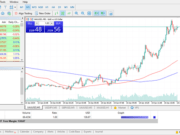What is retention ratio and why is it important
The retention ratio is a ratio that measures the percentage of earnings retained by a company to reinvest in its business. The higher the retention ratio, the more a company is...
If you receive a Notice of Deficiency from the IRS, you may have questions about it. Here are some answers to commonly asked questions. You can also read our article on IRS deficiency waivers and tax court interpretations. You...
What is the Rule of 78 and how does it work
The Rule of 78 is a method used to calculate the amount of interest charged on a loan. This method is also sometimes known as the "precomputed" or "sum-of-the-digits"...
What are endogenous variables and why are they important in economic analysis
Endogenous variables are those that are affected by the decision or policy under consideration. In other words, they are the variables that the decision-maker can influence. For example,...
What is autonomous consumption and why is it important
Autonomous consumption is the amount of money that consumers spend without regard to changes in their incomes. This spending is important because it represents the minimum level of economic activity that...
There are several theories of the term structure of interest rates. These theories include the Positive humpedness, the Inversion, Liquidity premium theory, and the Meaning. Let's look at each one in detail. This will help you understand the dynamics...
What is Upper Management and what do they do
Upper management is the group of people who make executive decisions within a company. They are responsible for setting company policy, developing strategic plans, and making decisions about resource allocation. Upper...
The McClellan oscillator is a market breadth indicator that is used by financial analysts to analyze the balance between advancing and declining stocks. It is an important tool that traders and investors use to predict stock market trends. Here...
What is Treasury Stock Method
Under the treasury stock method, the repurchase of shares is treated as if the company had issued new shares for cash and then immediately bought back an equal number of shares on the open market....
The plowback ratio is a measurement of the percentage of retained profit within a business. Younger companies typically have higher plowback ratios than more mature ones. Unlike mature businesses, which are less dependent on reinvesting profit to grow, younger...









































